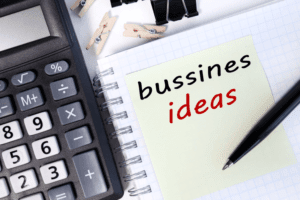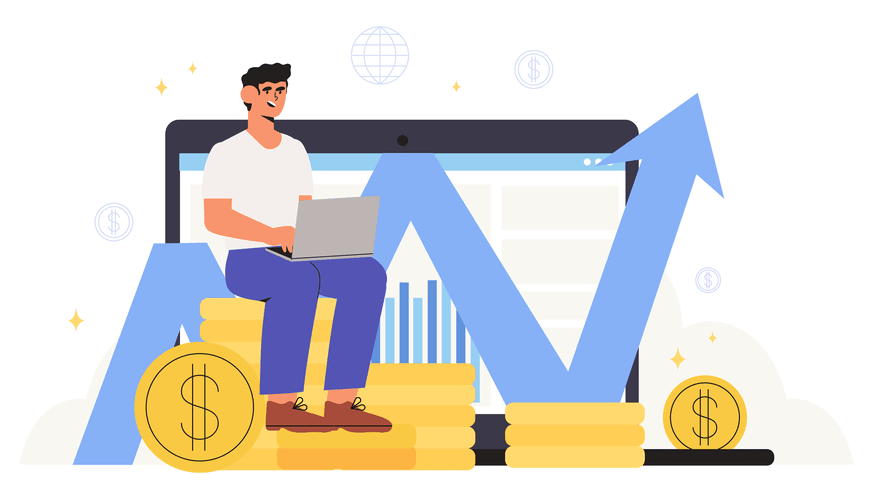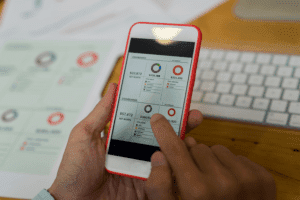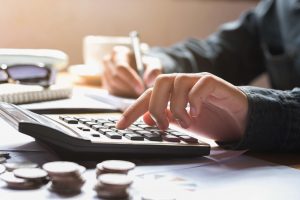
In each instance, purchase of the plant asset actually represents the advance payment or prepayment for https://www.bookstime.com/ expected services. As with short-term prepayments, the accountant must allocate the cost of these services to the accounting periods benefited. Plant assets, often referred to as property, plant, and equipment (PP&E), are long-term assets that are vital for a company’s operation and revenue generation. They are known to have a useful life of more than one year and chiefly cater to the production, supply, administrative functions, and rental activities of an organization. These assets include land, buildings, machinery, office equipment, vehicles, furniture, and fixtures.
Property, Plant, and Equipment (PP&E)
Also, land held for speculation or not yet put into service is a long-term investment rather than a plant asset because the land is not being used by the business. However, standby equipment used only in peak or emergency periods is a plant asset because it is used in the operations of the business. In this article, we have explored the various aspects of calculating and reporting Property, Plant, and Equipment (PP&E) balances.
AUD CPA Practice Questions: The Different Types of Audit Opinions

The declining balance method is an accelerated depreciation method that allocates a higher depreciation expense in the earlier years of the asset’s useful life. This method is suitable for assets that quickly lose value or become obsolete. The most common variant is the double-declining balance method, which doubles the straight-line depreciation rate. Machinery and equipment include any machines, tools, and devices used in production, manufacturing, or service delivery. These assets are essential in industries like manufacturing, healthcare, and technology, where specialized equipment enables efficient production and service delivery. Machinery and equipment are typically among the highest-depreciating assets due to constant usage, which results in gradual wear and tear.
Fixed asset roll forward example

When a company buys a new plant asset, it records the cost of the asset in its balance sheet. Specifically, plant assets examples it comes under the “Property, Plant, and Equipment” category. This cost includes everything the company spent to get the asset, like purchase price, transportation expenses, installation costs, and any other directly attributable costs.
Depreciation
- This is if there comes a time when they need to liquidate their assets in order to raise capital.
- Examples range from assembly-line machines in factories to diagnostic equipment in healthcare facilities.
- At almost $23 billion, PP&E composes almost half of the total assets of $51 billion.
- Once they own the land, they might make it better with landscaping, parking lots, and sidewalks.
- Sometimes a fixed asset may lose value which is not captured by the process of depreciation.
- Vehicles are subject to depreciation due to frequent use and exposure to external elements, and they require regular maintenance to stay operational.
- The name plant assets comes from the industrial revolution era where factories and plants were one of the most common businesses.
This process can result in either an increase or decrease in the carrying amount of the asset. The primary purpose of revaluation is to provide a more accurate reflection of an asset’s value on the balance sheet, ensuring that it represents the asset’s true worth. To calculate accumulated depreciation, multiply income summary the annual depreciation expense by the number of years the asset has been in use.

For instance, a machine expected to last for 10 years will have a different depreciation schedule compared to one expected to last for only 5 years. Net PP&E provides a more accurate representation of the value of the company’s assets that are still in use and contributing to operations. From an accounting perspective, the showroom cannot show the new vehicle in its accounting books until the day it has gotten control of the asset (i.e., on 5 January 2021). First on the list are resources that are unlikely to provide future economic benefits. Since accounting is based on historical transactions and events, any assets that appear on a balance sheet need to be previously acquired. They are classed as long-term assets that have a typical lifespan of over a year.

Many organizations choose to present capitalized assets in various asset groups. It is common to segregate fixed assets on the balance sheet by asset class, such as buildings or equipment, as separate lines on the balance sheet. This better shows the composition of an organization’s fixed assets and gives readers of financial statements more visibility into how fixed assets are being used. For example, a manufacturing company will probably have significant amounts of machinery and equipment as those are key to the primary business operations in that industry. Depending on the nature of an entity’s business, it may make sense to group items that share common characteristics or purposes.
